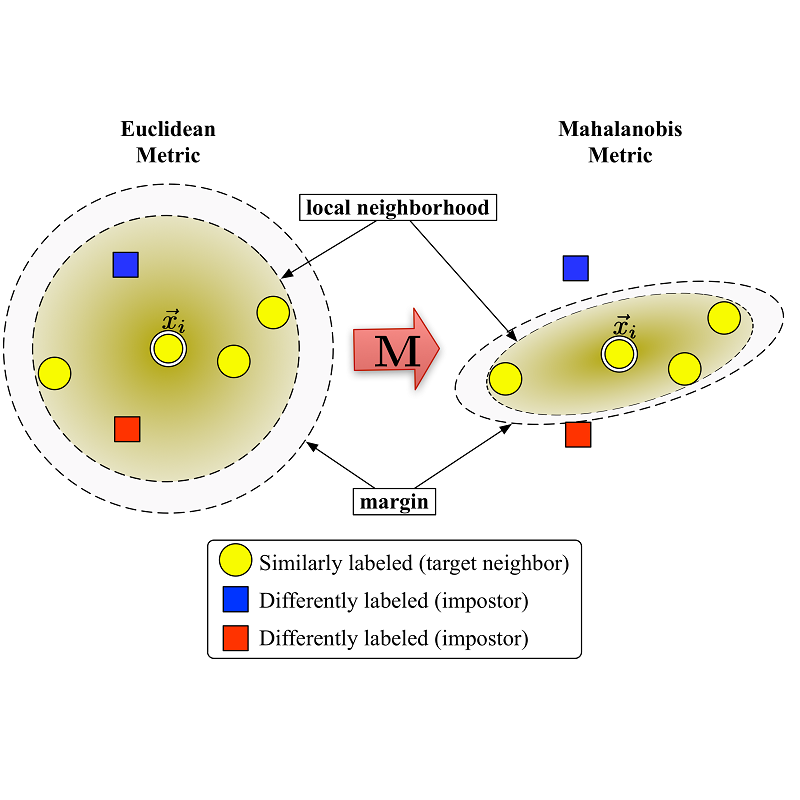Many modern deep-learning techniques do not work without enormous datasets. At the same time, several fields demand methods working in scarcity of data. This problem is even more complex when the samples have varying structures, as in the case of graphs. Graph representation learning techniques have recently proven successful in a variety of domains. Nevertheless, the employed architectures perform miserably when faced with data scarcity. On the other hand, few-shot learning allows employing modern deep learning models in scarce data regimes without waiving their effectiveness. In this work, we tackle the problem of few-shot graph classification, showing that equipping a simple distance metric learning baseline with a state-of-the-art graph embedder allows to obtain competitive results on the task.While the simplicity of the architecture is enough to outperform more complex ones, it also allows straightforward additions. To this end, we show that additional improvements may be obtained by encouraging a task-conditioned embedding space. Finally, we propose a MixUp-based online data augmentation technique acting in the latent space and show its effectiveness on the task.
翻译:许多现代深层学习技术没有庞大的数据集,许多领域要求采用数据稀缺的方法。当样本结构不同,如图表,这个问题就更加复杂。图表代表学习技术最近证明在许多领域都取得了成功。然而,在面临数据稀缺的情况下,使用的结构表现不当。另一方面,少见的学习使得在稀缺的数据系统中使用现代深层学习模型而不会放弃其有效性。在这项工作中,我们解决了微小图分类问题,显示用最先进的图形嵌入器安装一个简单的远程计量学习基线能够取得任务上的竞争结果。虽然结构的简单性足以超越更复杂的结构,但也允许简单增加。为此,我们表明鼓励一个有任务限制的嵌入空间可以取得更多的改进。最后,我们提议在潜层空间中采用基于MixUp的在线数据增强技术,并展示其有效性。



